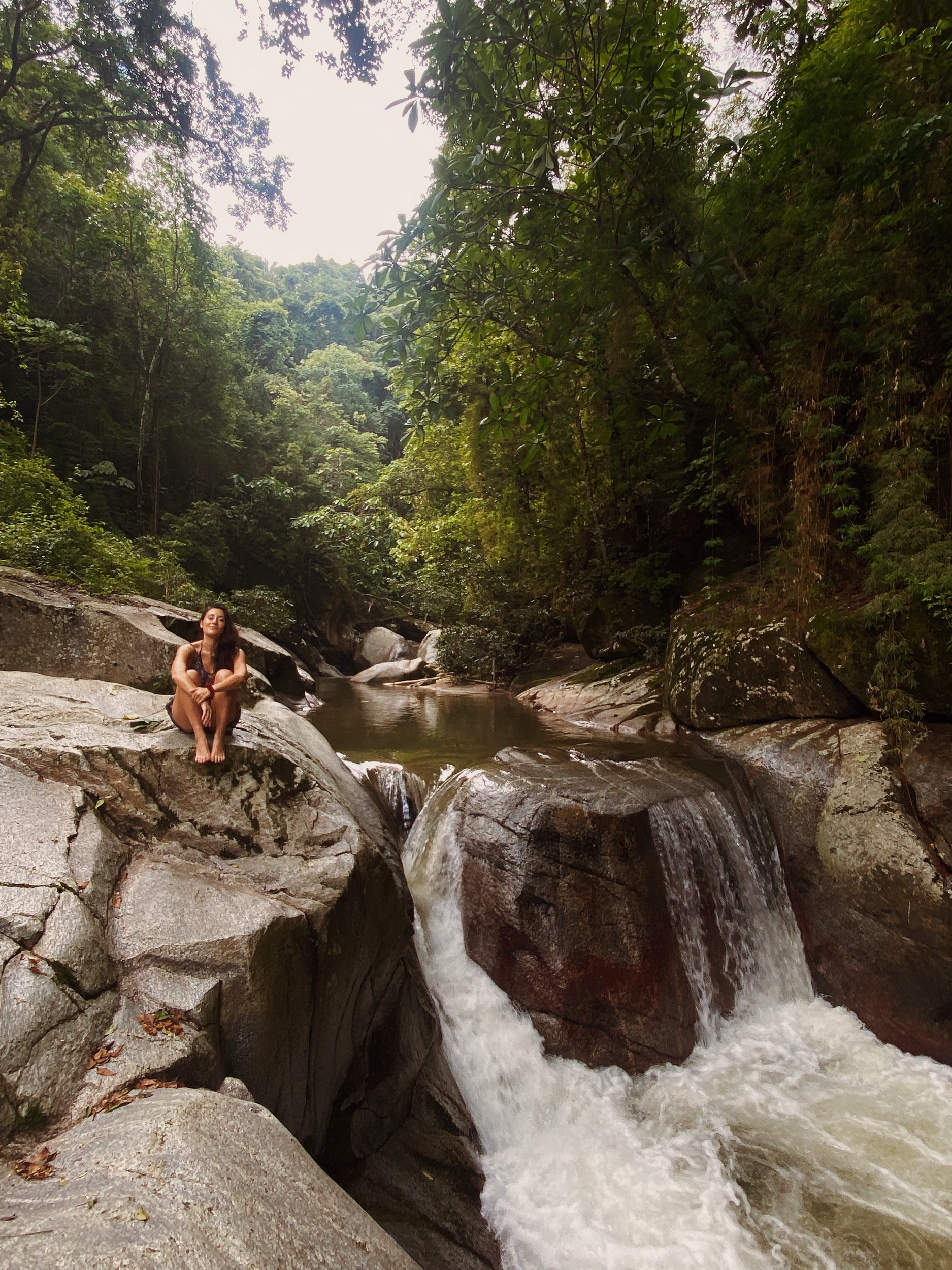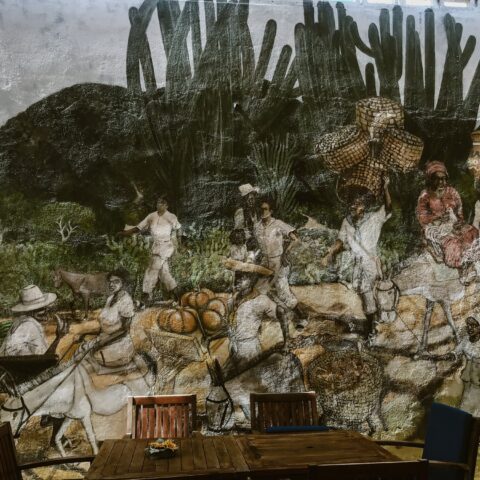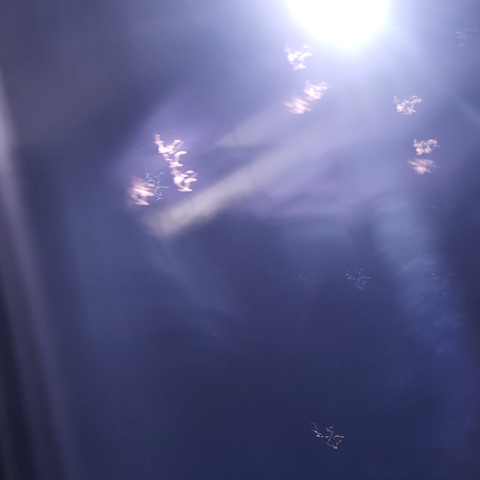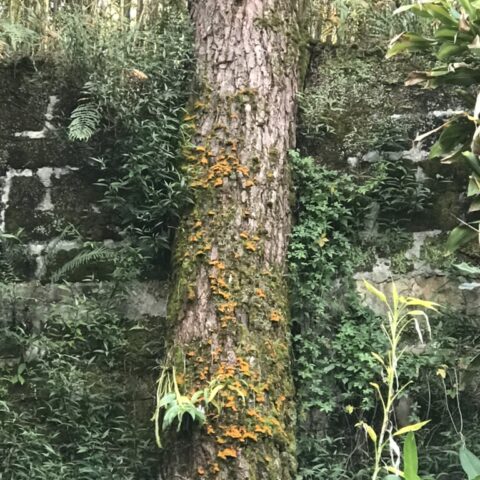Photo by María Faciolince
Every month, the Agam Agenda shares a letter from someone in our team: a personal message toward shaping kinder futures. Read the letter for July 2022 by María Faciolince, our Strategist for Creative Mobilization and Partnerships.
Hola hola, María here.
As I write this exercise of emplacement, hummingbirds, guacharacas, azulejos, tangaras and parrots are flying around me taking bites from the plantains we laid out for them. I look at them, they shyly look back. They sing (or laugh?). I hum and wonder, do they ask themselves whether they are in the right place?
In the past weeks, I ‘returned’ – or rather went/came again – to Colombia, my family’s homeland. As I arrived and felt the rock record of the Andes beneath my feet, I asked her lands and waters what it means for me to be here: tell me, how is it to live a life of belonging?
The sky answered in thunder.
It’s been rainy season here for three years, campesinos told me. Crops rot a lot now. The most fertile lands weep constantly. Rains visit us every day; they bathe the Andean spinal cord which splits into three mountain ranges as it reaches the Caribbean Sea, sculpting the land into baskets full of water. At the northern lip of the continent, from the sharp edges that mold an almost perfect pyramid, the glaciers of the Sierra Nevada de Santa Marta rise as the highest coastal massif on earth. A place known as “the heart of the world” to its ancestral inhabitants, the Kogui, Wiwa and Arhuaco people. An umbilical cord.
Amid raw contact with the forces of the Sierra, I wrestled with a diasporic wound of my own which weeps a kind of anger that has me more than I have it. Be-longing. To be in longing. To long constantly for firm roots that soak up some of that moisture buried deep inside rock instead of trying to hold oceans.
The clouds crack open. As I stand waist-deep in the river during a downpour, I am surrounded by a sacred migration of seeds, leaves and rocks traveling from the high peaks. Water weaves worlds. I stand corrected.
And here is my biggest lesson in correspondence: to belong is to be in relationship. It is a constant flow of movement and exchange. Belonging is not granted: it is a practice of threading our maps with the living world around us. And I realize that my profound longing is not so much about my own identity (my feelings toward emplacement), as much as recreating a “we”.
I am learning that to forge a more expansive identity is to seek the threads connecting worlds that one is a part of beyond the particulars of the self.
To mythologize. To become kin through what David Abram has called “repeated intimacies” with our community of living subjects. To acknowledge the plural intelligences around us. To look for what’s possible rather than what’s missing.
The freshwaters remind me of those sacred threads that string territories into a large tapestry. And here I am, learning at the mouth where all these currents lead. In the right place.




